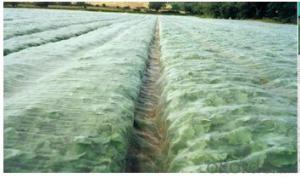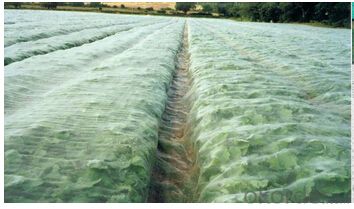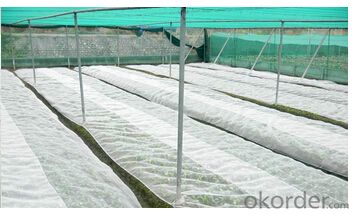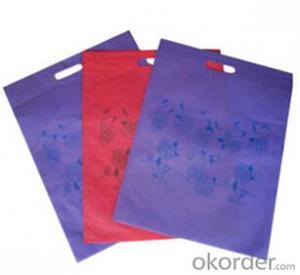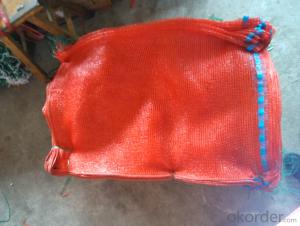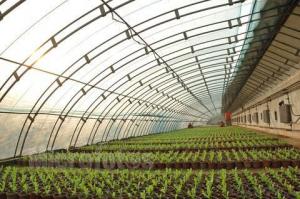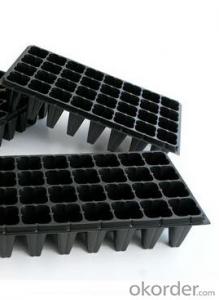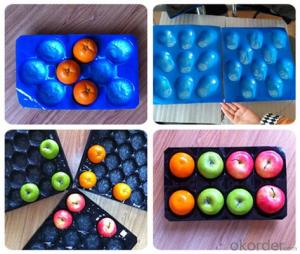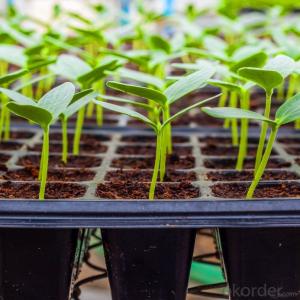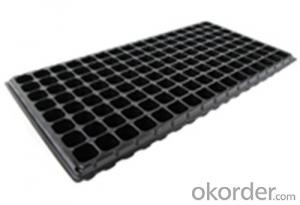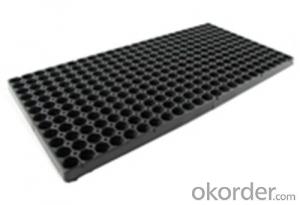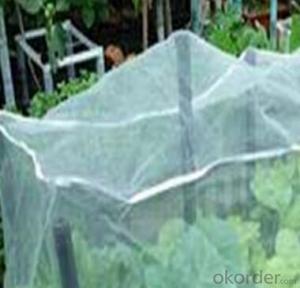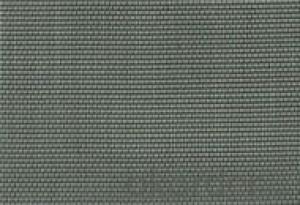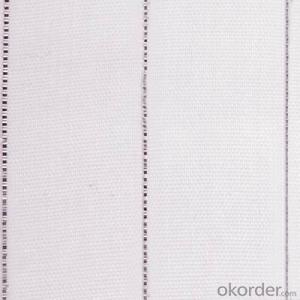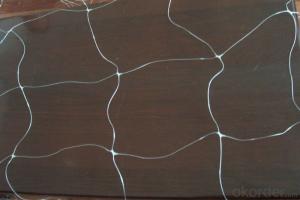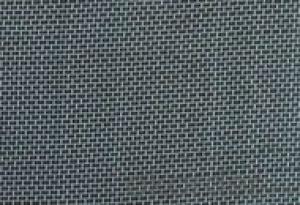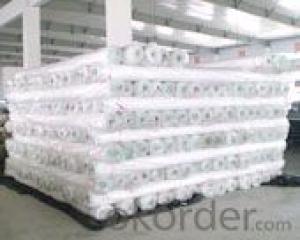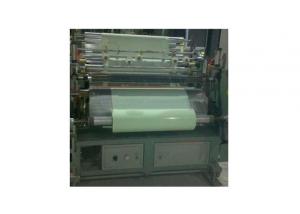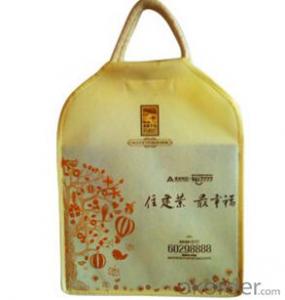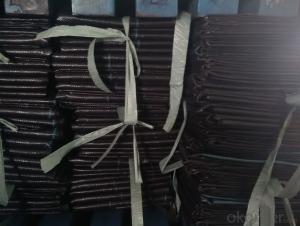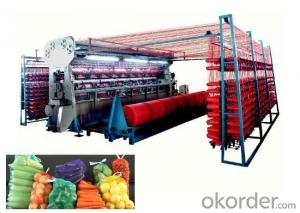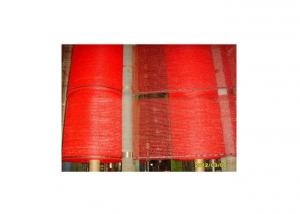New Virgin HDPE Anti-insect Nets for Garden
- Loading Port:
- Ningbo
- Payment Terms:
- TT OR LC
- Min Order Qty:
- 100000 m²
- Supply Capability:
- 10000000 m²/month
OKorder Service Pledge
OKorder Financial Service
You Might Also Like
Introduction:
Garden insect net is easily applied either by hand or with hand-held dispenser; the wrap adheres to itself once it is wrapped around the pallet or around goods and protects the goods against dust and weather and will retain its tension whilst in transit.
Applications:PROTECT ALL THE CROPS,VEGETABLES ETC.
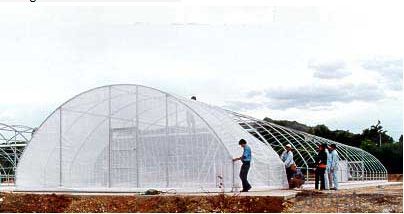
Specifications:
Description
New virgin HDPE garden insect nets
Material:100%virgin HDPE
Net Weight:30-40-50-55-60g/M2
mesh:1*1mm;2*2mm;3*3mm;4*4mm
Colour:WHITE(as per required)
Width:1.22M;1.64M(as per required)
Roll Length:1000M;2000M;3000M(as per required)
Type:Wrap knitted
Delivery Time:within 15days after the order of 20fcl
U.V.:As per required
M.0.Q.:1.5-2T
Terms of Payment:T/T;L/C
Supplying capacity:70T/MONTH
Packing
1.one roll packed with one strong PP bag with one color label
2.one piece packed with one strong PP bag with one color label;several pieces put in a carton
FAQ:
1. How many years can it be used?
At least three years, it can also be customized according to the customer's requirements.
2. What color is it made?
Black, Green, White, Dark Green, Bule o it is customized according to the customer's requirements.
3. How to transport?
Usually, we use the container by sea transportation.
- Q: I heard plastics are made from oil. When the oil eventually runs dry, does that mean we will be completely out of plastics and other oil by-products? I cannot not even start to think of a life without plastics. It would set us back to the 1900's. Has this ever been metiond?
- from what i have heard this problem has been voiced once or twice. but your answer is pretty easy because now we make canola oil and other oils made out of renewable resources. people are now making plastics that are biodegradable and completely made out of corn oil. so really we'll be moving farther environmentally and scientifically in the future once every one uses these plastics instead of going back in time.
- Q: Can ground cover be used to create a hummingbird garden?
- Yes, ground cover can be used to create a hummingbird garden. Ground covers such as creeping phlox, creeping thyme, and sweet woodruff can provide low-growing foliage and flowers that attract hummingbirds. These plants not only add beauty and color to the garden but also serve as a food source for hummingbirds. By selecting the right ground cover plants and incorporating other hummingbird-friendly elements like nectar-rich flowers and water sources, one can create a thriving hummingbird garden.
- Q: Can nursery trays be customized?
- Yes, nursery trays can be customized. They can be made in various sizes, shapes, and colors to meet specific needs and preferences. Additionally, they can also be customized with logos, labels, or markings for branding or identification purposes.
- Q: What are the benefits of using agricultural plastic products?
- There are several benefits of using agricultural plastic products. Firstly, plastic materials provide protection against pests, weeds, and extreme weather conditions, helping to maintain crop quality and yield. Secondly, plastic mulch films help conserve soil moisture by reducing evaporation, leading to improved water efficiency in agriculture. Additionally, plastic products such as drip irrigation systems contribute to saving water by delivering precise amounts directly to the plant roots. Furthermore, agricultural plastics are lightweight and easy to handle, making them convenient for farmers during installation and removal. Lastly, the use of plastic products in agriculture can enhance overall crop health and reduce the need for chemical pesticides and herbicides.
- Q: Can ground cover be used in areas with heavy foot traffic?
- Yes, ground cover can be used in areas with heavy foot traffic. There are varieties of ground cover plants that are specifically designed to withstand and thrive in high-traffic areas. These plants are typically hardy, durable, and can tolerate being stepped on without getting damaged. Additionally, using materials like gravel or mulch as ground cover can also help to protect the plants and provide a stable surface for heavy foot traffic.
- Q: How do you choose ground cover that tolerates sandy soil?
- When choosing ground cover that tolerates sandy soil, it is important to consider plants that have adapted to thrive in such conditions. Look for ground covers that have deep root systems, as these can access water and nutrients from deeper layers of soil. Additionally, opt for plants that are drought-tolerant and prefer well-draining soil. Some suitable ground cover options for sandy soil include creeping thyme, beach grass, ice plant, and sedum.
- Q: Can ground cover plants be used to improve soil aeration?
- Yes, ground cover plants can be used to improve soil aeration. Their root systems help to break up compacted soil, allowing for better air circulation and water infiltration. Additionally, the process of photosynthesis by these plants increases oxygen levels in the soil, further enhancing aeration.
- Q: i started recycling and I noticed that there is A LOT of plastic. So can I only recycle things with the symbol on it or can i recycle all plastic...like the plastic inside a cereal box. that doesnt have a symbol but its plastic. that is just one example.thanks
- problematic problem. research over google. that will may help!
- Q: What are the environmental impacts of agricultural plastic products?
- The environmental impacts of agricultural plastic products include pollution of water bodies and soil from plastic waste, negative effects on wildlife through ingestion or entanglement, greenhouse gas emissions during production and disposal, and the long-lasting presence of plastic in the environment. Additionally, the use of plastic can contribute to the depletion of non-renewable resources and the generation of microplastics, which can have further ecological consequences.
- Q: Can nursery trays be used for starting bulbous plants?
- Yes, nursery trays can be used for starting bulbous plants. The trays provide a convenient and organized way to sow and germinate bulbs, allowing for easy monitoring and care. They also provide adequate drainage and space for the bulbs to develop healthy roots before transplanting them into larger containers or the ground.
Send your message to us
New Virgin HDPE Anti-insect Nets for Garden
- Loading Port:
- Ningbo
- Payment Terms:
- TT OR LC
- Min Order Qty:
- 100000 m²
- Supply Capability:
- 10000000 m²/month
OKorder Service Pledge
OKorder Financial Service
Similar products
Hot products
Hot Searches
Related keywords
